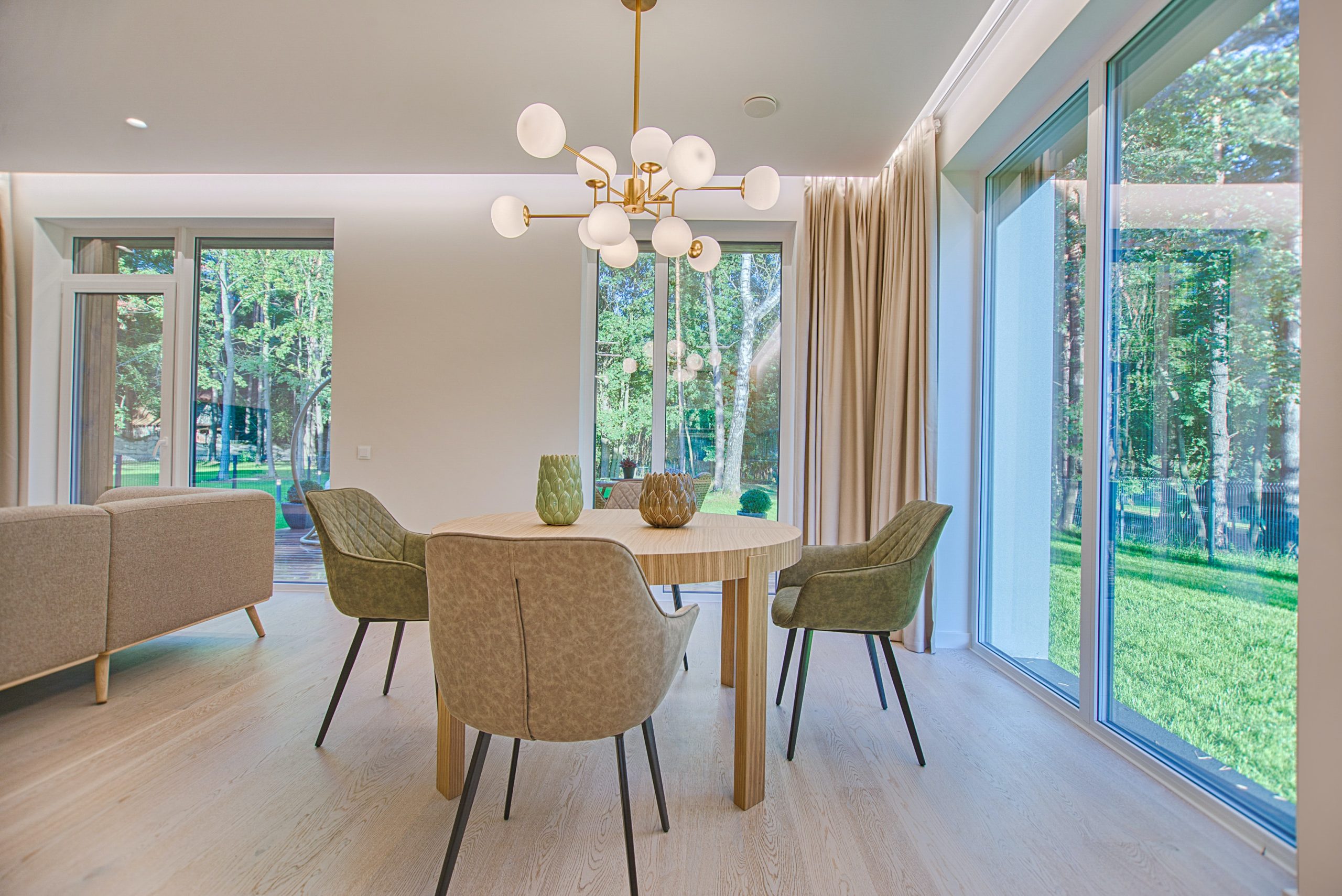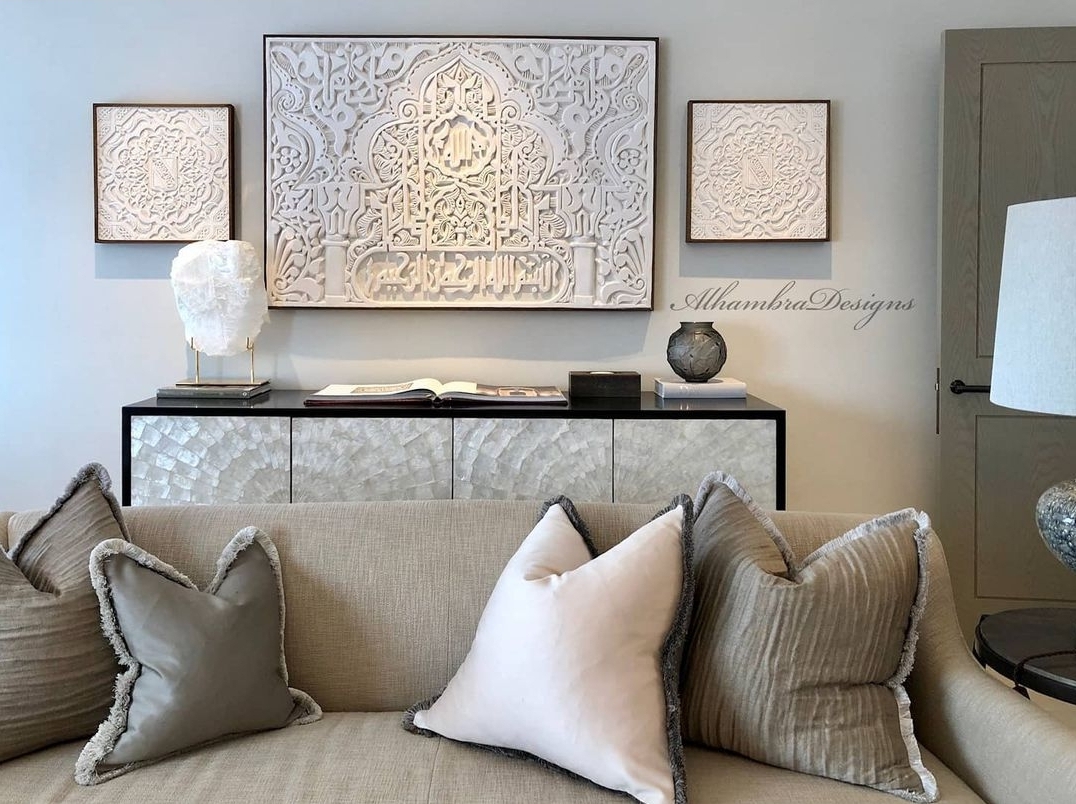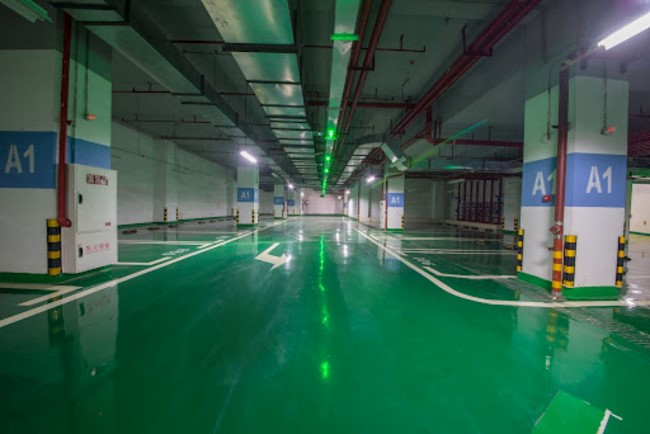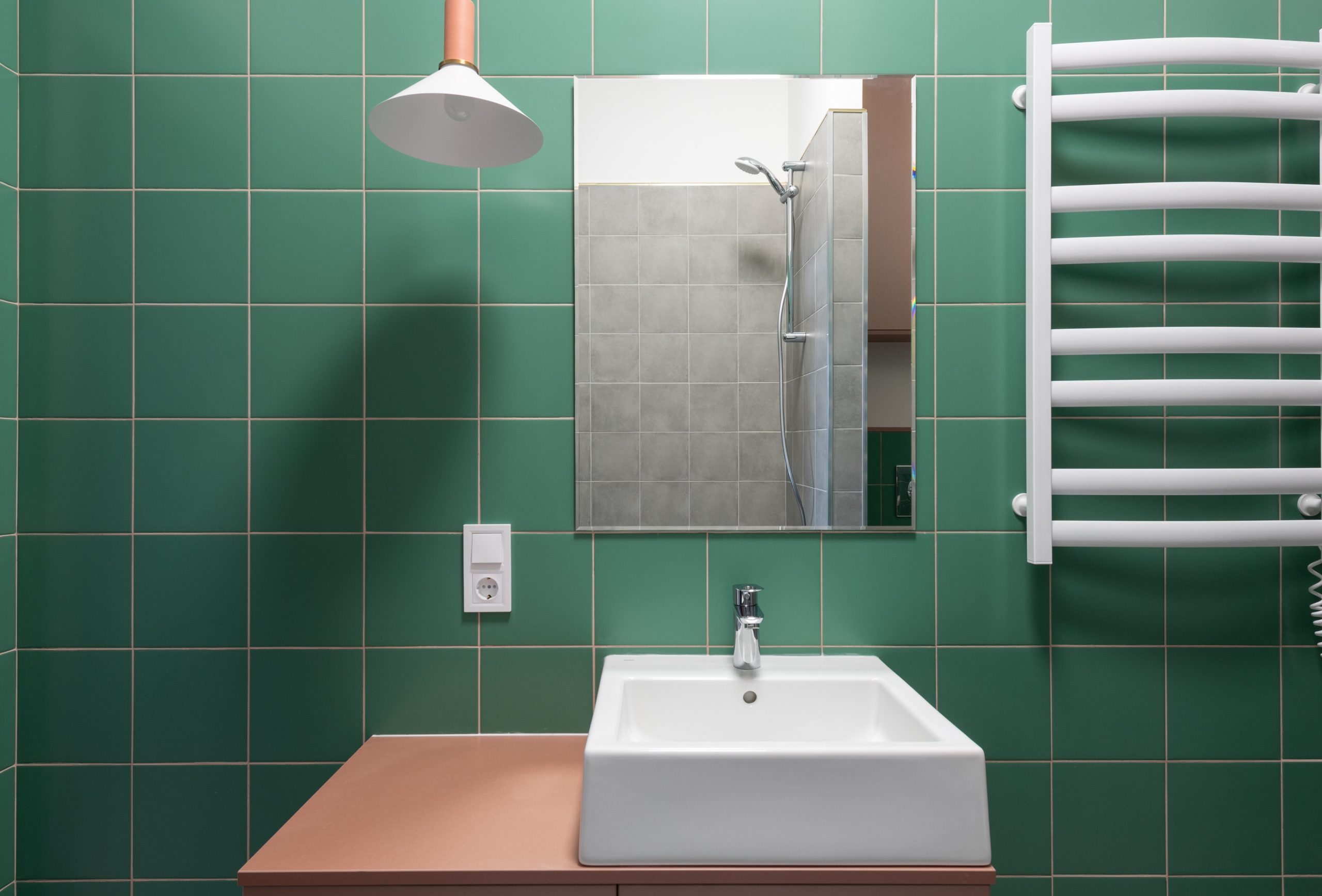In recent years, the popularity of bi-folding doors, designed to seamlessly connect indoor and outdoor spaces, has soared. Yet, amidst the buzz, the question remains: how do they differ from sliding doors, and which is the optimal choice for you?
Understanding the Distinction
Bi-folding doors present a concertina-like folding mechanism, elegantly collapsing upon themselves. Typically consisting of two to seven hinged panels, these doors glide along concealed tracks embedded in the floor, ceiling, or both. On the flip side, sliding doors usually comprise two or more expansive glass panes that gracefully slide horizontally within a frame. A key divergence lies in the space required for bi-fold doors to stack panels on one side, whereas sliding doors preserve a compact profile without outward extension.
Exploring Functionality and Trade-offs
Matthew Leach, the Director of Aluminium Doors Direct, delves into the functional attributes of each door design.
“Bi-fold doors offer the remarkable advantage of folding back entirely, effectively transforming an entire wall into a seamless gateway to your patio and garden. This enhances your property’s allure, creating a harmonious blend of indoor and outdoor realms.
“Conversely, conventional sliding doors often afford a 65 percent opening to either the left or right. The concept of pocket doors can be valuable here – these are glass doors that discreetly slide into concealed crevices within exterior walls.
“Slider doors deliver versatile control. They can be slightly ajar to invite a gentle breeze, opened partially for quick access outside, or fully extended to welcome in fresh air. If you opt for a bi-fold system, considering a ‘traffic door’ or access leaf could be prudent, especially if it serves as the sole gateway to your garden.”
Aesthetic Considerations: Elevating Home Elegance
Matthew delves into the aesthetic impact of each design on your interior decor.
“Fewer panels and larger glass expanses inherent in sliding doors admit an abundance of natural light, making them a substantial asset for contemporary and modern design schemes.
“While bi-fold doors can be retracted to widen the aperture, they tend to expose more vertical framing when closed, in comparison to sliding doors. Sliding doors boast a greater glass-to-frame ratio, offering uninterrupted views of your garden or the surrounding landscape. This visual cohesion can be truly captivating, particularly in open-concept layouts. For those aiming to maximise natural illumination or capture expansive year-round garden vistas, sliding doors often emerge as the preferable choice.”
Cost-Efficiency and Environmental Impact
Given the growing emphasis on cost-effectiveness and environmental consciousness, Matthew guides us through the economical and energy-efficient aspects of these designs.
“In terms of price, both options are relatively similar, contingent on specific configurations. However, as sliding doors widen by incorporating multiple panes, costs tend to escalate, given the higher price associated with expansive single glass units.
“Thermal efficiency is generally superior in sliding doors due to their sleeker frames. Nonetheless, both bi-folding and sliding doors can be tailored to meet individual client requirements.”
For further insights into Aluminium Doors Direct’s array of designs and services, kindly visit their official website.






